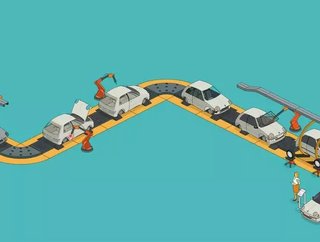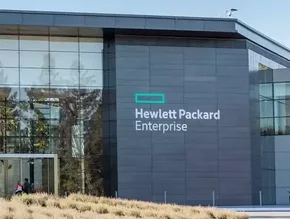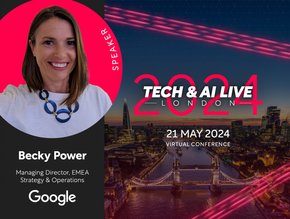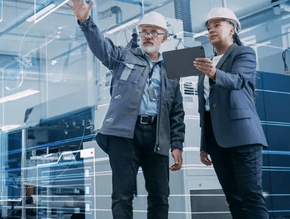Gartner tech trends 2020: What is hyperautomation?

In the wake of the release of Gartner’s top 10 strategic technology trends for 2020, Gigabit Magazine is breaking down the biggest seismic shifts occurring across the business and consumer space.
The next year, Gartner reports, will be defined by the idea of “people-centric smart spaces,” which will have “a profound impact on the people and the spaces they inhabit,” said Brian Burke, Gartner Research VP, at Gartner 2019 IT Symposium/Xpo™ in Orlando, Florida. “Rather than building a technology stack and then exploring the potential applications, organisations must consider the business and human context first.”
The predictions conjure images of auto workers in robotic exoskeletons, lifting hundreds of pounds of steel like an ant holds aloft a beetle more than five times its size. The field of human enhancement is entering an age where human capabilities will not be replaced by augmentations, but where augmentation will “create superhuman capabilities.” These enhancements also come at a time when human process is being replaced by intelligent machine decisioning.
SEE ALSO:
At the top of the list this year is Hyperautomation. Here’s our breakdown of what it is, why it’s different from regular automation, and why it’s going to change the world.
Hyperautomation is the application of advanced technologies like AI and machine learning (ML) to augment workers and automate processes in ways that are significantly more impactful that traditional automation capabilities.
As no single tool can replace humans, hyperautomation involves using multiple tools in symphony, including robotic process automation (RPA), intelligent business management software (iBPMS) and AI, with the goal of increasingly AI-driven decision making. It’s the next step beyond RPA, further replacing human involvement in physical and digital tasks, and eventually the complete decision-making process.
As a side note: although not the main goal, hyperautomation often results in the creation of a digital twin of an organisation (DTO), allowing them to visualize how functions, processes and key performance indicators interact to drive value. The DTO then becomes an integral part of the hyperautomation process, providing real-time, continuous intelligence about the organization and driving significant business opportunities.






